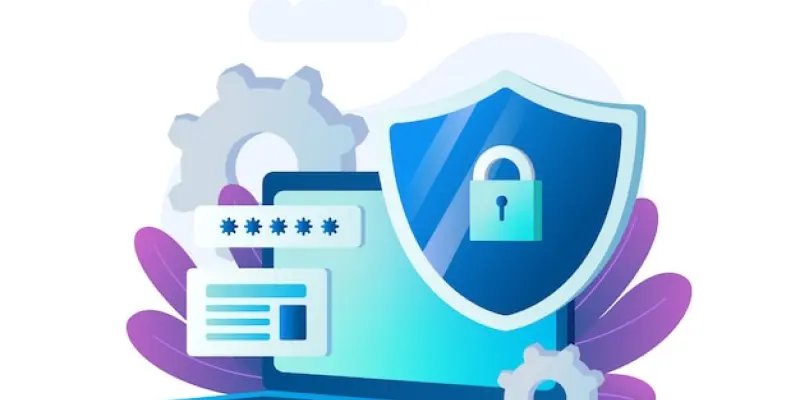A critical vulnerability identified as CVE-2025-2476 has been discovered in Google Chrome’s Lens component, posing a severe risk to users. This “use-after-free” flaw could significantly impact users across all platforms except iOS. Security researchers have highlighted the gravity of this vulnerability, which could allow remote attackers to execute arbitrary code by causing heap corruption through crafted HTML on malicious web pages.
The Nature of the CVE-2025-2476 Vulnerability
The essence of the CVE-2025-2476 vulnerability lies in the erroneous reuse or reference of memory after it has been freed. According to the MITRE Common Weakness Enumeration database, this flaw can be exploited when an attacker injects malicious data before memory chunk consolidation. This allows the attacker to use a “write-what-where” primitive to execute arbitrary commands on the targeted system. This dire scenario underscores the need for immediate attention and action from users to protect their devices.
Security experts emphasize that successful exploitation of this vulnerability requires user interaction. Mayuresh Dani from Qualys highlights the central role of social engineering, as users must be convinced to use Google Lens on malicious web pages. This can lead to the attacker gaining control over the user’s browser, potentially resulting in theft of sensitive information, installation of malicious software, and other detrimental outcomes. Users must stay vigilant and aware of such deceptive tactics.
The Real-World Impact and Exploitation
Saeed Abbasi from Qualys provides a helpful analogy, comparing the vulnerability to sneaking back onto a ride at an amusement park with an expired wristband. This unauthorized action can disrupt the system, much like how the vulnerability corrupts Chrome’s memory, leading to chaotic and unpredictable outcomes. Abbasi points out that merely visiting a malicious page could trigger the exploit, resulting in severe consequences such as loss of browser control, stolen credentials, and undetected malware installations.
Experts agree on the importance of exercising caution when interacting with untrusted websites. Avoiding the use of Google Lens until Chrome is updated can further reduce risks. Updating Chrome immediately is the primary mitigation strategy, enabling users to take advantage of security patches designed to address this critical vulnerability. Staying proactive and aware of security updates could make a significant difference in safeguarding personal data and system integrity.
Recommendations for Users
The urgency of this vulnerability requires users to take prompt and definitive action. First and foremost, users should ensure their Chrome browser is updated to the latest version. Regular updates are crucial because they contain patches that address newly discovered vulnerabilities. Google consistently releases updates to protect users against emerging threats, and it is vital that users promptly apply these updates.
In addition to keeping software updated, users should adopt safe browsing habits. This includes avoiding clicking on suspicious links, not downloading files from untrusted sources, and being cautious about the websites they visit. Social engineering plays a significant role in exploiting vulnerabilities like CVE-2025-2476, where attackers use deceptive tactics to lure users into compromising situations. By staying alert and questioning suspicious activities, users can mitigate the risk of falling victim to such exploits.
Conclusion: Staying Vigilant and Proactive
A critical security vulnerability known as CVE-2025-2476 has been found in the Lens component of Google Chrome, posing a significant threat to users. This “use-after-free” flaw does not impact iOS but poses a risk to users on other platforms. According to security researchers, this vulnerability is highly dangerous as it allows remote attackers to execute arbitrary code by triggering heap corruption through specially crafted HTML on malicious websites. The flaw’s severity comes from its potential to let attackers run unauthorized actions on the users’ systems, making it an urgent issue that needs immediate attention. This vulnerability underscores the importance of updating and patching software promptly to protect against emerging threats. It also highlights the ever-present risks associated with browsing the internet and the need for robust security measures to safeguard user data and system integrity. Users should monitor security updates from Google and ensure their browsers are up-to-date to mitigate potential risks associated with this vulnerability.

